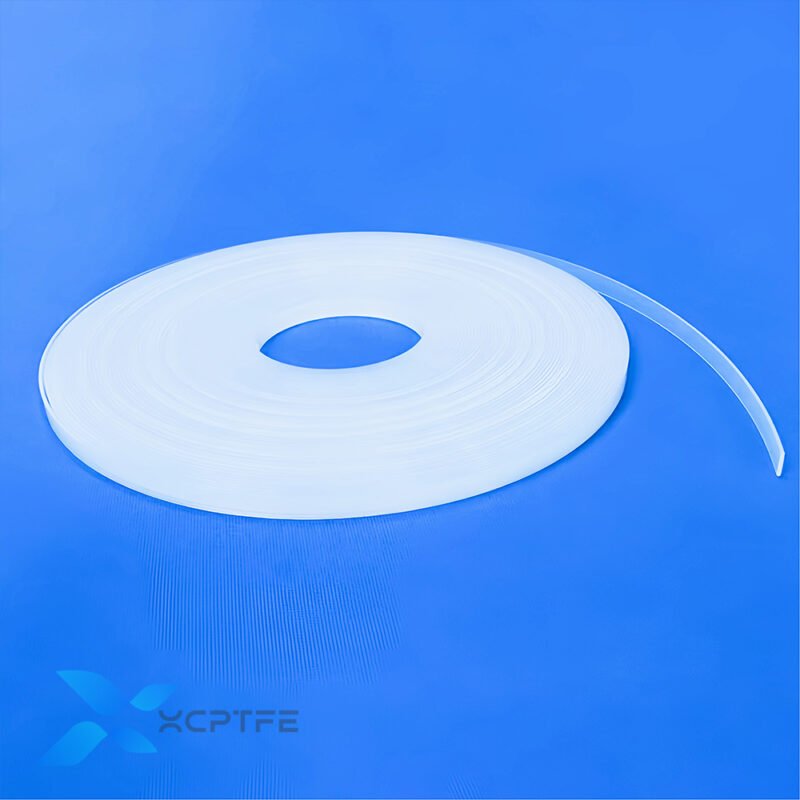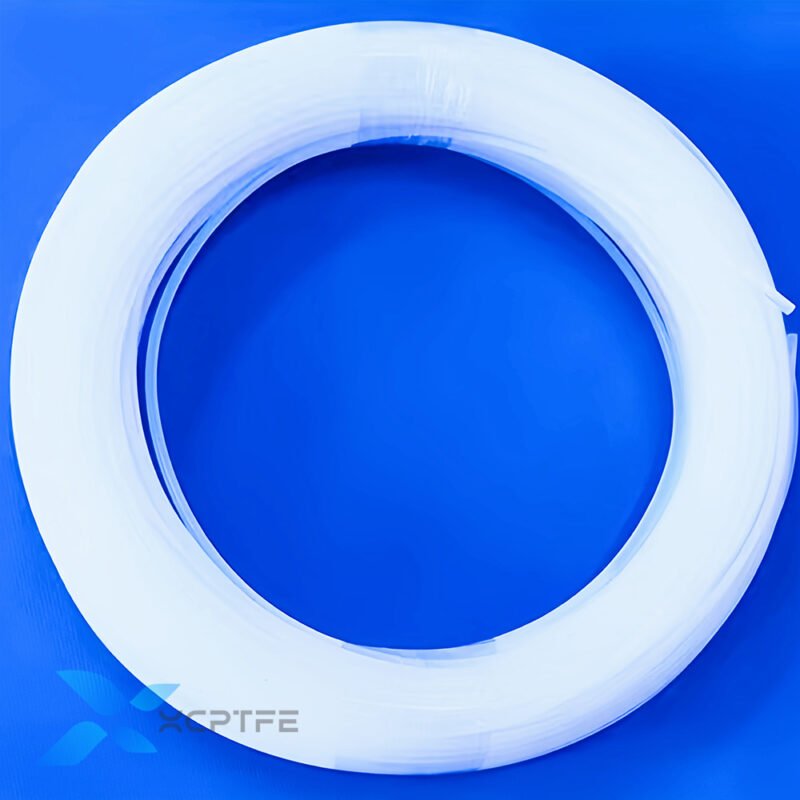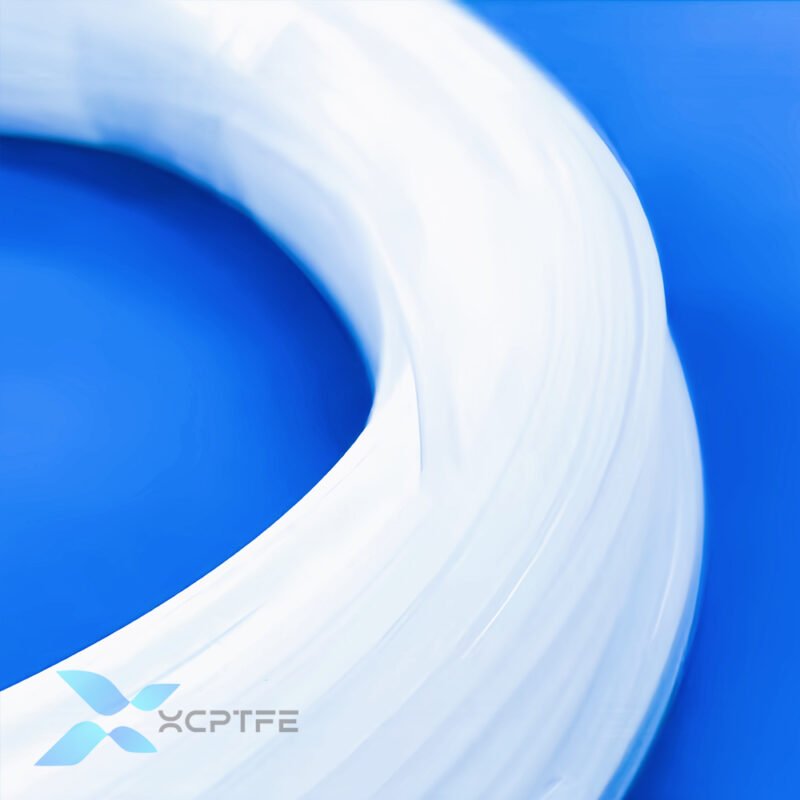Custom PFA Solid Welding Rod / PFA Flat Welding Strip For Teflon Welding
- Resistant to all strong acids, alkalis, oxidants and organic solvents including hydrofluoric acid.
- Smooth surface, extremely low friction coefficient, not adhere to any substances, easy to clean.
- Long time working temperature between -200°C and +260°C. Short working time at 300°C
- High purity & not contaminate experimental samples.
- Good transparency facilitates observation needs in experiments.
Item No.: 25919141
Description
As a leading supplier of high-performance fluoropolymer products, we provide premium PFA welding rod and PFA welding strip solutions. These solid thermoplastic materials are expertly formulated for critical chemical equipment welding and high-quality PTFE welding processes. Classified as a fluoropolymer welding rod, PFA offers superior chemical resistance, excellent high-temperature performance, and outstanding electrical properties.
A primary function is their use as a soluble PTFE welding rod, where PFA material is applied to join and repair PTFE components using hot air welding techniques, resulting in robust, leak-proof, and chemically inert seams. Our product line includes standard and high purity PFA grades, which are essential for ultra-clean environments like the semiconductor industry, where preventing ionic contamination is paramount.
Often referenced in Teflon Welding contexts, our rods and strips are manufactured to exacting standards, ensuring reliable performance for lining tanks, fabricating pipes, and repairing complex components in aggressive processing industries. We are your trusted partner and supplier for all your high-end welding needs.
Precautions:
Avoid contact with flames: Although PTFE is resistant to high temperatures, it begins to soften after exceeding 260°C. At temperatures above 327°C, it will decompose and produce harmful gases. It is strictly prohibited to heat directly on open flames (such as alcohol lamps).
Prevent scratching: Use a soft cloth or sponge to clean. Avoid using hard brushes or sharp metal tools. To avoid scratching the surface and affecting the non stick effect.
Be careful of falling: Although it has good toughness, falling from a high place may still cause damage or breakage to the edges and corners.
After cooling operation: After high-temperature heating, wait for it to cool to room temperature before moving or cleaning. To avoid thermal expansion, contraction, or burns.
Cleaning method: Usually rinse with clean water or neutral detergent. For difficult to wash residues, they can be soaked in the corresponding solvent or cleaned with an ultrasonic cleaning machine.




